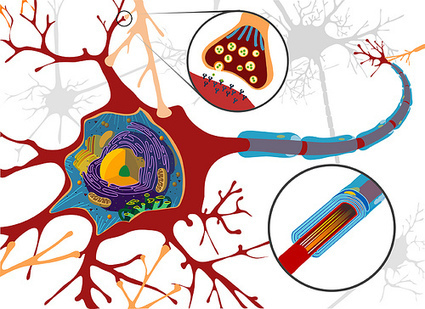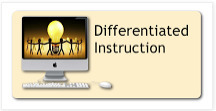"Carol Ann Tomlinson, author of “The Differentiated Classroom: Responding to the Needs of All Learners,” is the country’s preeminent scholar on differentiated instruction. Tomlinson defines differentiated learning as “ensuring that what a student learns, how he/she learns it, and how the student demonstrates what he/she has learned is a match for that student’s readiness level, interests, and preferred mode of learning.” She likens the reluctance to integrate modern knowledge of the learning process into the classroom to settling for a Model T instead of embracing 21st-century engineering."
Research and publish the best content.
Get Started for FREE
Sign up with Facebook Sign up with X
I don't have a Facebook or a X account
Already have an account: Login
Tech tools that assist all students to be independent learners & teachers to become better teachers
Curated by
Beth Dichter
 Your new post is loading... Your new post is loading...
 Your new post is loading... Your new post is loading...
|
|












This post explores some of Carol Ann Tomlinon's work on differentiation. Specifically it looks at:
* Content
* Process
* Product
* Affect
After defining each of these concepts you will find the following sections:
* The Empirical Basis of Differentiation
* Implementing Differentiation in your Classroom
* Anecdotal Support for this Method
* Criticisms of Differentiation
Many teachers find it difficult to find the time to differentiate for all students and some students find it frustration to discover that they have more work than other students. Today we are often told that we need to personalize the instruction for each student. Differentiation is one way we can walk down this road.